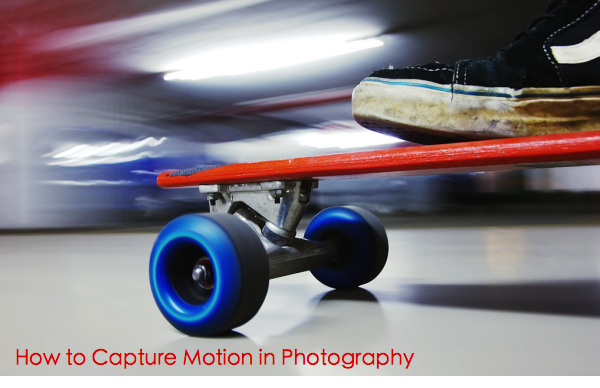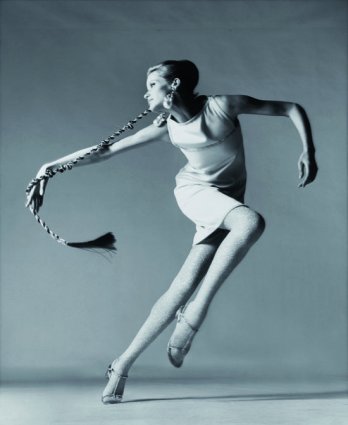Saturday 11 December 2010
Saturday 27 November 2010
Wednesday 24 November 2010
Call sheet
CALL SHEET No: 1/1
Title of shoot: Motion Photography
Name of student: Jules Bellinger-Brown
Date of shoot: During 30th November-3rd December
Time of shoot: When ever
Location details/directions
Brighton
Props: N/A
Talent: N/A
Description of location: (Please explain what the picture is about)
Close to the pier and th lanes
Lighting, Daylight or Artificial light
Additional information about how the photo will be shot: Filters, Tripod, Fast slow shutter speed etc
with tripod and varied shutter speeds
Equipment needed:
Just a tripod.
Title of shoot: Motion Photography
Name of student: Jules Bellinger-Brown
Date of shoot: During 30th November-3rd December
Time of shoot: When ever
Location details/directions
Brighton
Props: N/A
Talent: N/A
Description of location: (Please explain what the picture is about)
Close to the pier and th lanes
Lighting, Daylight or Artificial light
Additional information about how the photo will be shot: Filters, Tripod, Fast slow shutter speed etc
with tripod and varied shutter speeds
Equipment needed:
Just a tripod.
Treatment
1. Type of production and brief details on Subject/Concept: An assignment on motion photography. Where i will be taking photographs in motion.
2. Facilities: What facilities do you need for this project list all including software and hardware for the whole project
3. Finance: If you produced this project outside of the college you need to show how much would it cost to hire the equipment that you intend to use.
4. Contributors: Who do you need to help this for you project? This includes talent and crew.
5. Codes of practice and regulation: What regulations to you need to be aware of. Think about college
policy as well as regulatory bodies that you looked at in assignment 2, Worksheet 1.6 Regulation and Safety notes
6. Presentation: How will you present the pictures? Will you include a soundtrack, think about copy write issues etc.
2. Facilities: What facilities do you need for this project list all including software and hardware for the whole project
- I will be using my own camera, a Nikon D3100 with Nikon VR
- Laptop/pc
- Photoshop
- Tripod
3. Finance: If you produced this project outside of the college you need to show how much would it cost to hire the equipment that you intend to use.
- DSLR camera and Lens £470
- My Laptop £399, College Mac's are free to use for media students.
- Photoshop £70 (Student discount)
- Tripod £50
4. Contributors: Who do you need to help this for you project? This includes talent and crew.
- I donnot need anybody.
5. Codes of practice and regulation: What regulations to you need to be aware of. Think about college
policy as well as regulatory bodies that you looked at in assignment 2, Worksheet 1.6 Regulation and Safety notes
- • About Moral rights by Wikipedia:
http://en.wikipedia.org/wiki/Moral_rights_%28copyright_law%2 - What is Rights Managed license by Wikipedia:
http://en.wikipedia.org/w/index.php?title=Special%3ASearch&search=What+is+Rights+Managed+license
6. Presentation: How will you present the pictures? Will you include a soundtrack, think about copy write issues etc.
- I am going to be putting the images on a slideshow and i will not be using a soudtrack.
Sunday 21 November 2010
Ideas of Motion Photography.
I want to show differant types of Motion Photography. To achive this i will use differnt shutter speeds and varried focal points.



I would also like to base it on the decisive moment and the work of Henri Cartier-Bresson.
Answers to the Photo Treatment



I would also like to base it on the decisive moment and the work of Henri Cartier-Bresson.
Answers to the Photo Treatment
Wednesday 17 November 2010
1.6 Health and Safety Regulations
• What is Royalty-free license by Wikipedia:
http://en.wikipedia.org/wiki/Royalty-free
• What is Rights Managed license by Wikipedia:
http://en.wikipedia.org/w/index.php?title=Special%3ASearch&search=What+is+Rights+Managed+license
• About Copyright by Wikipedia:
http://en.wikipedia.org/wiki/Copyright
• About Moral rights by Wikipedia:
http://en.wikipedia.org/wiki/Moral_rights_%28copyright_law%29
• Introduction to Rights & Licensing by Pro-Imaging:
http://en.wikipedia.org/wiki/Digital_rights_management
• Organiser’s Guide to the Bill of Rights by Pro-Imaging
assessments:
http://en.wikipedia.org/wiki/Bill_of_Rights
Wednesday 3 November 2010
Friday 15 October 2010
Art Photography
Applications
Art Photography can be expressed in many different ways. Abstract plays a big part in the modern day art photography.
Art photography is a piece of art that has a story to it or that the picture it' self could allow you to think of a scenario to make the image seem relevent. Also art photography refers to photographs that are created in accordance with the creative vision of the photographer as an artist
Well know Art photographers:
Art Photography can be expressed in many different ways. Abstract plays a big part in the modern day art photography.
Art photography is a piece of art that has a story to it or that the picture it' self could allow you to think of a scenario to make the image seem relevent. Also art photography refers to photographs that are created in accordance with the creative vision of the photographer as an artist
Well know Art photographers:
Edward Burtynsky
Lynne Cohen
John Divola
Jason Engelund
Mitch Epstein
Angela Buenning Filo
J. Bennett Fitts
Lynne Cohen
John Divola
Jason Engelund
Mitch Epstein
Angela Buenning Filo
J. Bennett Fitts
Also, one of the photographers used a technique were he put things on the front of the lens of his camera. I thought the outcome was really good and will give it a go with my own camera. I later found out the Photographer was Stephan Gill.
 |
| One of the photographs Stephan Gill took with things on his camera. |
Context
In some of the galleries we visited on wednesday, the pictures didn't have and frames, they were just pinned up on a wall.
In the pictures we saw, the surroundings let the audience know what is happening, were it is, the time period etc.
Techniques
In one of the galleries we visited on wednesday, a few of the pictures were shot with a slow shutter speed which allowed the people who were being photographed, add effects, such as; one picture was of a house and in front of the house there were children playing. in the middle of the photo there was a bright squiggly line. This was a result of the slow shutter speed of the camera. something bright must have moved across the shot quickly to produce the effect.
The pictures weren't printed on big canvases or in frames, they were just on gloss paper. I think this added an effect, it allowed the image to come to life and express the colors in the picture.
Wednesday 6 October 2010
Fashion Photography
Application
Fashion Photography first started out in the 1830s, but the eariest technique was unsuitable for mass printing. In the early 20th century, advances in halftone printing allowed fashion photographs to be featured in magazines. Fashion photography made its first appearance in French magazines such as La mode practique.
Context
Fashion photograph can be expressed in many different ways. It could be to promote a brand or a style. Photographers each have their own way of shooting fashion
Techniques
The techniques used in fashion photography vairy on the shot, the techniques could be using 100 lights or it could just as litle as having a different backgroung colour.
Wednesday 29 September 2010
Portraiture
Application
A portrait is an image that has captured someone doing something or captureing their emotions. The person in the picture can have their facial expresions saying one thing about themn the surroundings or the background sying another, which would change the way you look at the picture.
 |
| Richard Avedon |
 |
| Diane Arbus |
 |
| Walker Evans |
Context
A portrait can be something you take on special occasion or it can be for everyday things such as an ID card or your Facebook profile picture, but with your profile picture you can change it to show the mood your in or even if you don't like it. Old portraits such as he ones above, you cannot change the message it's sending.
Techniques
The techniques used to take a portrait can be very complexed or it could be a simple snap shot. Some of the more complex portraits need techniques like Lighting and a Studio set up, but a snap shot portrait can just be a photographer walking through a park and and asking someone if they could take a portrait of them.
Wednesday 22 September 2010
Photo Journalism
Application
Henri Cartier-Bresson boosted his career by taking the picture of the man leaping off the ladder. He used to find a place and just wait until the perfect moment to take the picture. Sometimes he would have to wait for hours and sometimes he won't even get the shot.
 |
| A Photo that definds Decisive Moment. |
Context
Under the context section list and describe each of the contexts that we the audience consume this style of image. Context is the way the photographs are displayed for example fashion photographs are displayed in magazines as well as billboards. It is important when discussing this section that you mention important changes for each context through history.
Techniques
To me Photo Journalism started off in the 1930s when the Leica SLR camera came into production. The Leica enabled photographers to camture decisive moments in time such as the man jumping off a ladder and into a puddle.
 |
| The Leica helpped make Photo Journalism. |
Wednesday 15 September 2010
Intro to photography!!
Hi I'm Jules. Photography to me is capturing something worth remembering or that makes you use your sense of imagination to describe what the image is and why the photographer chose to do it. I hope i gain good photography skills on the course so that I can take some amazing pictures like the ones below.
:)
Robert Capa:

Ansel Adams:

Heni Cartier Bresson:

:)
Robert Capa:

Ansel Adams:

Heni Cartier Bresson:

Subscribe to:
Posts (Atom)


























